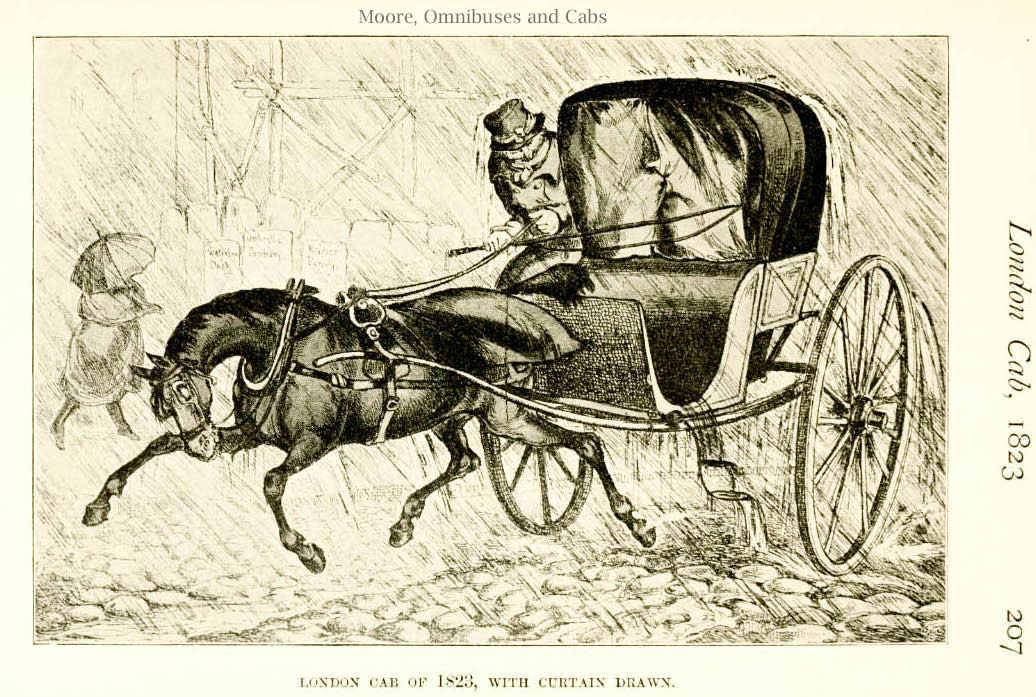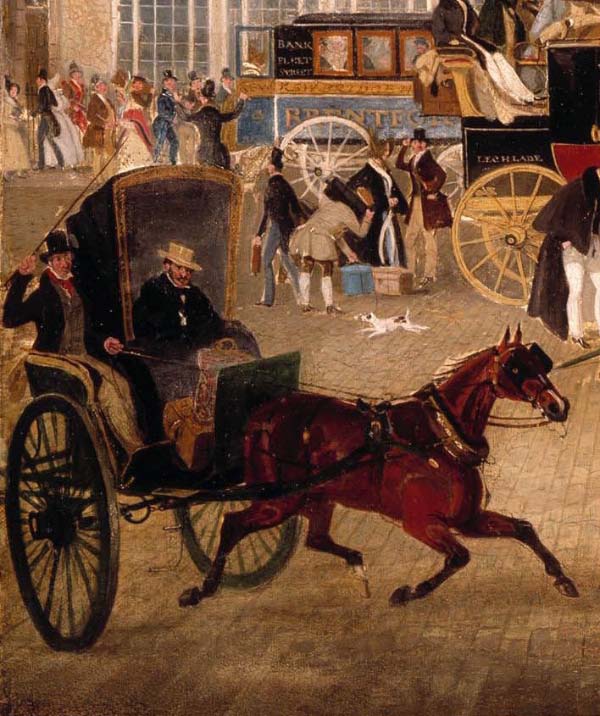White Lion Inn. Photo copyright 2018 Walter M. Henritze
Most of the locations in A Duke in Shining Armor are real—or as real as I can make them. Some once existed but no longer do, some have changed beyond recognition, and some are there, looking more or less the same. None are entirely the same, of course. For one thing, the extant buildings have indoor plumbing. And electricity.
The White Lion Inn, where several important early scenes occur, did and does exist, although my characters wouldn’t recognize it today, and may not have even known it by that name.
On my investigative tour of Putney, last summer, we came upon what seemed to be the right building. At the time, though, I wasn’t sure this was the place. What I saw was clearly a late Victorian structure, and closer inspection confirmed an 1880s date. Still, the big lion on top was a clue, and I asked Walter to take some photos.
Once home, with various books at hand, I felt more certain of its identity. This did seem to be the White Lion, but extensively renovated and decorated or maybe entirely rebuilt at about the same time the new Putney Bridge went up.
Reviewing my copy of the Panorama of the Thames, I found a place called the Putney Hotel, which a note in the text referred to as the Red Lion Inn. But this seems to be the same building Ralph Rylance refers to in his 1815 guidebook, The Epicure’s Almanack, as the White Lion.
View of Putney in 1829: Image from Inglis and Sanders, Panorama of the Thames
White Lion.
“Continuing on your way to town you come to the village of Putney, at the bottom of which, close to the Fulham Bridge, is the White Lion.[2] You may have a good dinner drest here to order, in which order you ought not to forget to include stewed eels, or fried flounders. The people here have a live stock of them in the wells of the peter-boats moored off the village.”
The footnote explains further:
[2] “The White Lion near Fulham Bridge (now Putney Bridge) dated from the early C17 and was rebuilt in 1887; it is still operating, as the ‘Australian Walkabout Inn,’ at nos. 14-16 Putney High Street.” (p. 203)
I can confirm that it (1) is no longer the Australian Walkabout Inn, (2) was closed, and (3) had been closed for some time. But its location and surroundings did fit what I'd pictured while writing the story. For the interior and stable yard scenes, I used a combination of imagination and research into 18th and 19th century coaching inns.
“Custom had decreed the arrangement of an inn plan. There was the usual courtyard with its arched or beamed entry. There was a hall for receiving guests, a main staircase, a coffee room and a dining parlour. Some inns could boast a special apartment for dining coach passengers only. In addition there were smaller apartments known respectively by the names Sun, Moon, Star, Crescent or Paragon. From 1700 to the year 1760 the arched entries were low, for until the latter date outside passengers were not encouraged. After the accession of George the Third, when outside travelling became more general, the inside passengers were treated as belonging to an inferior order. Not only did landlords show increased respect to the outside passengers, but a subtle compliment was paid to the coach proprietors by the landlords when alterations to the arched entries were made to their respective inns.”
—Harold Donaldson Eberlein & A.E. Richardson, The English Inn Past & Present (1926)
Photograph at top by Walter M. Henritze, III. The image of 1829 Putney is a screen shot from the fabulous website connected with the Panorama of the Thames, a gorgeous book. I strongly recommend your visiting the website, for larger images, and tons of information. You can scroll along for the river view or search by specific locations.
These images of the White Lion at the Victorian Web show you how extremely Victorian the building is now.
Left to right: Putney Bridge & Church 1799; Putney Bridge 1793; the White Lion (my big clue).







